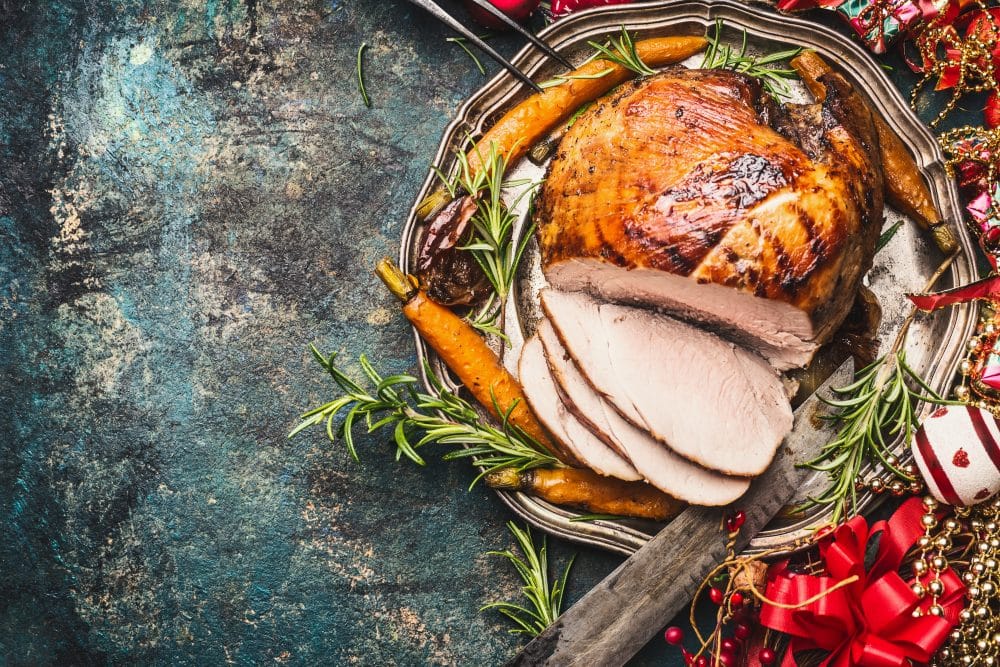
Fact File – The Festive Christmas Season
The festive Christmas period can be a time where people often indulge in food and alcohol, piling on the calories and body weight. It is estimated that people gain an average of 0.5 to 1kg or more over this period after which ‘dieting’ and ‘guilt’ often precedes. Christmas however can still be enjoyed by eating healthier options and avoiding weight gain. This fact sheet focuses on ways in which healthier options can still be just as tasty.
Planning Ahead
Plan your shopping list and schedule, for festive days in advance, in this way, having healthier food choices available by making ‘food swaps’ reduces the temptation of finding unhealthier nibbles elsewhere. For example, planning a few swaps of nibbles and drinks can reduce the amount of calories significantly:
Festive meals
Media reports suggest that around 6,000 calories are consumed on Christmas day, this is about three times an average daily energy requirement. The main source of calories is often from added fat to meals, sugary drinks, nibbles and alcohol. Meals can still be tasty but a few changes can make a big difference. Some of the simplest changes are listed below:
Alcohol
Alcohol and sugary mixers can potentially contribute significantly to your calorie intake. An average glass of wine (125mls) will provide over 100 calories and an average pint of beer can provide over 200 calories. Drinking alcohol is also linked to increased appetite and therefore increased food intake and especially if our food is salty, we are more likely to become thirsty. Watch the amount of alcohol you are drinking; if you have lost count, it is likely you have over-indulged! Ensure you always have plenty of water to keep yourself hydrated and have non-alcoholic drinks available. Binge drinking is having a lot of alcohol in a short space of time; 6 or more units for women and 8 or more units for men, however this does not apply to everyone because people’s tolerance levels are different, but if you are feeling drunk, it is likely that you are binge drinking. People who binge drink or get drunk are at a greater risk of health problems and this should be avoided. If you think you have drunk too much, avoid alcohol for at least 48 hours to give your body a chance of recovering.
Physical activity
Aim to include some physical activity during the festive season. Fresh air can clear the mind and a brisk walk can help burn off some of the calories consumed, for example in a 30 minute brisk walk you can use up to 200 calories. The recommended 30 minutes of moderate intensity physical activity on at least 5 days a week can help prevent and manage over 20 health conditions, including heart disease, type 2 diabetes, cancer, obesity, and mental health.
This factsheet is intended for adults as a general guide only and not a substitute for professional advice or a diagnosis. If you are on certain medication or suffer from a medical condition, seek individual advice from your health care professional. Date produced November 2015.


